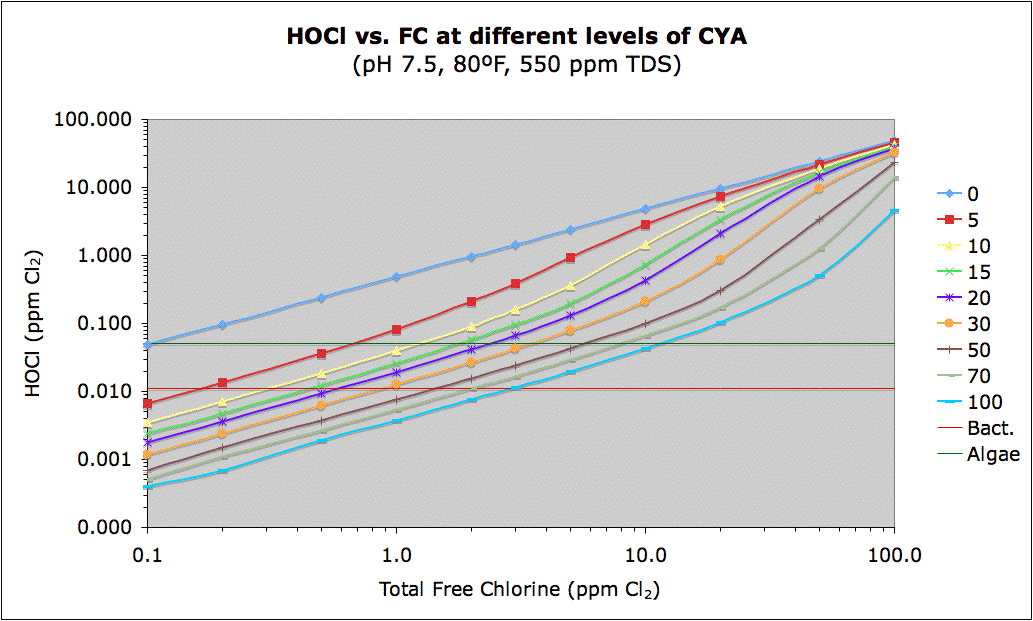For SWG pools, it is recommended to keep the stabilizer level around 70, which means if you need to shock, you need to go up to 28 PPM of chlorine. What impact does that high of Chlorine levels have on the pool equipment, especially if you maintain it for a day or two as the SLAM may require?
It's hard to measure such high Chlorine levels accurately even with the T-2006 kit, and it's difficult to measure exactly how much I am putting in (my Chlorine jugs are 2.5 gallons) so I am just worried about it causing damage if I go overboard a bit.
Not that the pool guys care, they used to just dump in the entire jug when I used them...
It's hard to measure such high Chlorine levels accurately even with the T-2006 kit, and it's difficult to measure exactly how much I am putting in (my Chlorine jugs are 2.5 gallons) so I am just worried about it causing damage if I go overboard a bit.
Not that the pool guys care, they used to just dump in the entire jug when I used them...



